- 1UCLouvain, Earth Life Institute, Secteur des Sciences & Technologies, Saint-Gilles, Belgium (luca.ruizlozano@uclouvain.be)
- 2Royal Observatory of Belgium (ROB), Brussels, Belgium
- 3Royal Belgian Institute for Space Aeronomy (IASB-BIRA), Brussels, Belgium
- 4Open University (OU), Milton Keynes, the UK
- 5Istituto Nazionale di Astrofisica (INAF-IAPS), Rome, Italy
- 6Instituto de Astrofísica de Andalucía (IAA-CSIC), Granada, Spain
This project takes advantage of the NOMAD spectrometer observations, on board the 2016 ExoMars Trace Gas Orbiter. These observations will help to determine the Martian surface properties. This work focuses on surface ice detection.
ExoMars is an ESA-Roscosmos joint mission consisting of an orbiter (Trace Gas Orbiter - TGO). The Nadir and Occultation for Mars Discovery (NOMAD) is one of the four instruments on board TGO. The instrument is a suite of three spectrometers designed to observe the atmosphere and the surface of Mars in the UV, visible and IR. For this study, the Limb, Nadir and Occultation (LNO) channel, operating in the IR, is selected [1,3]. Thanks to the nadir geometry, the NOMAD-LNO spectrometer can provide information on Martian surface, in particular on surface ices. Ice deposits exhibit specific IR signatures in the 2.3-3.8 μm range of NOMAD-LNO, which reveals information on their composition, texture and size of the ice grains [4].
We use the NOMAD nadir data to map the presence of ices for MY 34 (Ls = 150°-360°) and MY 35 (Ls = 0°-210°) with a solar zenith angle below 80 degrees. Raw data have been calibrated by using full solar scans to provide the reflectance factor which is the spectral radiance measured by NOMAD divided by the solar spectral irradiance corrected for the incident angle.
We use spectral indices based on reflectance factor similar to G. Bellucci et al., 2019 [2]. An ice index is defined as a ratio between two orders taking into account the albedo variations. The objective is to remove the atmospheric effects. In this work, we propose different indices to detect the two polar caps and the sublimation process. The orders 194 (2275 - 2293.2 nm), 189 (2335.2 - 2363.9 nm) and 167 (2642.8 - 2663.9 nm) have been selected. We call Index 1, the index defined as 189/167 [5], and Index 2, 194/167. While orders 194 and 189 have wavelengths on the radiance continuum, the order 167 is located on the shoulder of 2.7 µm CO2/H2O ices absorption.
All LNO observations considered in this study with the orders given above are organized as Latitude and Solar longitude maps, called seasonal maps. Figure 1 shows the seasonal map for Index 1 during MY 34. The good coverage allows observing the sublimation process for the southern polar cap between the 150°-250° solar longitude. Due to the lack of observations, the detection of the northern polar cap does not seem very clear. Nevertheless, Index 1 gives high values between Ls = 320°-340° and for latitudes above 60° which should correspond to the polar cap in that region. Figure 2 shows the same index for MY 35. The sublimation process can be observe for the northern polar cap between Ls= 0°-30°. A small detection of the southern polar cap can be see after Ls = 200°.
Figure 3 shows the seasonal map for Index 2. There are observations only for MY35 and many gaps are present due to the lack of observations. Nevertheless, the two polar caps can be observe in the plot. Index 2 gives the two sublimation processes between Ls = 0°-30° for the northern polar cap and around Ls = 200° for the southern polar cap.
Those new results extend the temporal and spatial of the previous work (G. Bellucci et al., 2019 [2] and L. Ruiz Lozano et al., 2019 [5]).
Figure 1: Seasonal map of Index 1 for MY 34 showing the sublimation of the southern polar cap.
Figure 2: Seasonal map of Index 1 for MY 35 showing the sublimation of the northern polar cap.
Figure 3: Seasonal map of Index 2 for MY 35 showing the sublimation of the two polar caps.
Acknowledgements
The NOMAD experiment is led by the Royal Belgian Institute for Space Aeronomy (IASB-BIRA), assisted by Co-PI teams from Spain (IAA-CSIC), Italy (INAF-IAPS), and the United Kingdom (Open University). This project acknowledges funding by the Belgian Science Policy Office (BELSPO), with the financial and contractual coordination by the ESA Prodex Office (PEA 4000103401, 4000121493), by Spanish Ministry of Science and Innovation (MCIU) and by European funds under grants PGC2018-101836-B-I00 and ESP2017-87143-R (MINECO/FEDER), as well as by UK Space Agency through grants ST/R005761/1, ST/P001262/1, ST/R001405/1 and ST/R001405/1 and Italian Space Agency through grant 2018-2-HH.0. This work was supported by the Belgian Fonds de la Recherche Scientifique – FNRS under grant number 30442502 (ET_HOME). The IAA/CSIC team acknowledges financial support from the State Agency for Research of the Spanish MCIU through the ‘Center of Excellence Severo Ochoa’ award for the Instituto de Astrofísica de Andalucía (SEV-2017-0709). US investigators were supported by the National Aeronautics and Space Administration. Canadian investigators were supported by the Canadian Space Agency.
References
[1] A.C. Vandaele et al., Optical and radiometric models of the NOMAD instrument part I: the UVIS channel. Optics Express, 23(23):30028–30042,2015.
[2] G. Bellucci et al., TGO/NOMAD Nadir observations during the 2018 global dust storm event, EPSC-DPS 2019
[3] E. Neefs et al., NOMAD spectrometer on the ExoMars trace gas orbiter mission: part 1—design, manufacturing and testing of the infrared channels. Applied optics, 54(28):8494–8520, 2015.
[4] Y. Langevin et al., Observations of the south seasonal cap of Mars during recession in 2004–2006 by the OMEGA visible/near-infrared imaging spectrometer
[5] L. Ruiz Lozano, Use of NOMAD Observations (Trace Gas Orbiter) for Mars surface depositions, EPSC-DPS 2019
How to cite: Ruiz Lozano, L., Karatekin, Ö., Caldiero, A., Imbreckx, A.-C., Temel, O., Dehant, V., Daerden, F., Thomas, I., Ristic, B., Patel, M., Bellucci, G., López Moreno, J. J., and Vandaele, A. C.: Use of TGO-NOMAD nadir observations for ices detection, Europlanet Science Congress 2020, online, 21 Sep–9 Oct 2020, EPSC2020-748, https://doi.org/10.5194/epsc2020-748, 2020.

